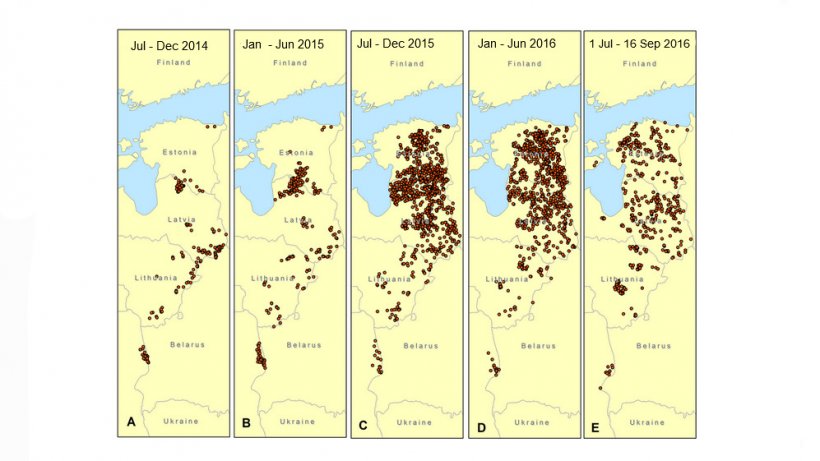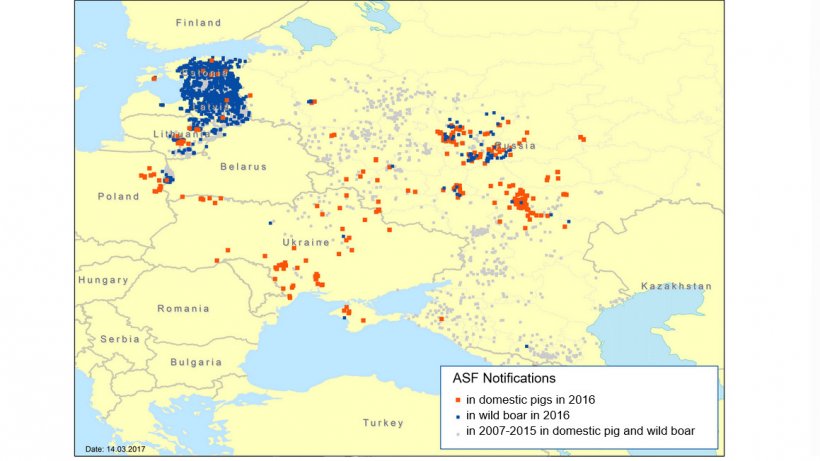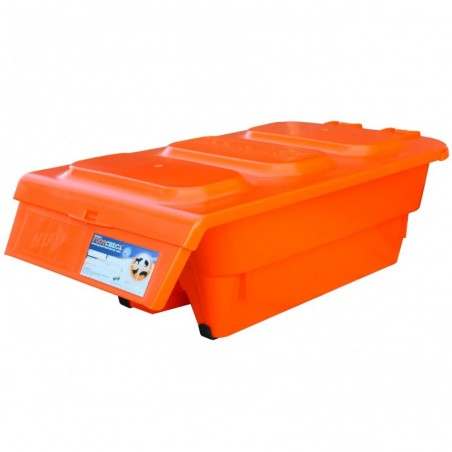African swine fever virus (ASFV) has been notified in the Baltic countries and the eastern part of Poland from the beginning of 2014 up to now. In collaboration with the ASF-affected Member States (MS), EFSA is updating the epidemiological analysis of ASF in the European Union which was carried out in 2015.
The disease is spreading at about 2 km a month in Latvia and Estonia, and 1 km a month in Lithuania and Poland. In addition, the number of infected animals found among hunted wild boar is very low (up to 3%). The outbreaks in wild boar in the Baltic countries and Poland can therefore be defined as a “small-scale epidemic”.


The number of positive samples in hunted wild boar peaks in winter which can be explained by human activity patterns (significant hunting activity over winter). The number of positive samples in wild boar found dead peaks in summer. This could be related to the epidemiology of the disease and/or the biology of wild boar; however, this needs further investigation.
Virus prevalence in hunted wild boar is very low (0.04–3%), without any apparent trend over time. Apparent virus prevalence at country level in wild boar found dead in affected countries ranges from 60% to 86%, with the exception of Poland, where values between 0.5% and 1.42%, were observed.Since the beginning of the epidemic, the apparent antibody prevalence in hunted wild boar has always been lower than the apparent virus prevalence, indicating an unchanged epidemiological/immunological situation.
The risk factor analysis shows an association between the number of settlements, human and domestic pigs population size or wild boar population density and the presence of ASF in wild boar for Estonia, Latvia and Lithuania.

Thursday March 23, 2017/ EFSA/ European Union.
https://www.efsa.europa.eu





